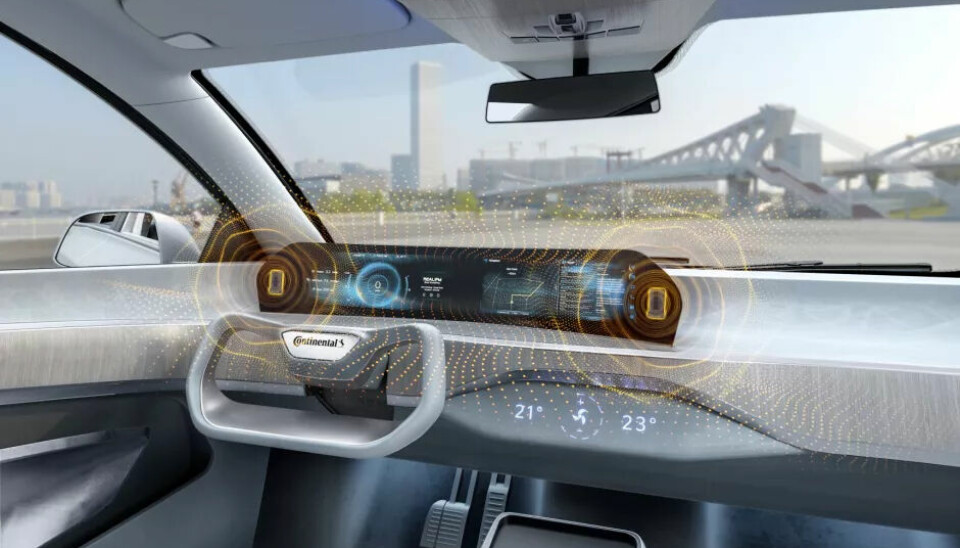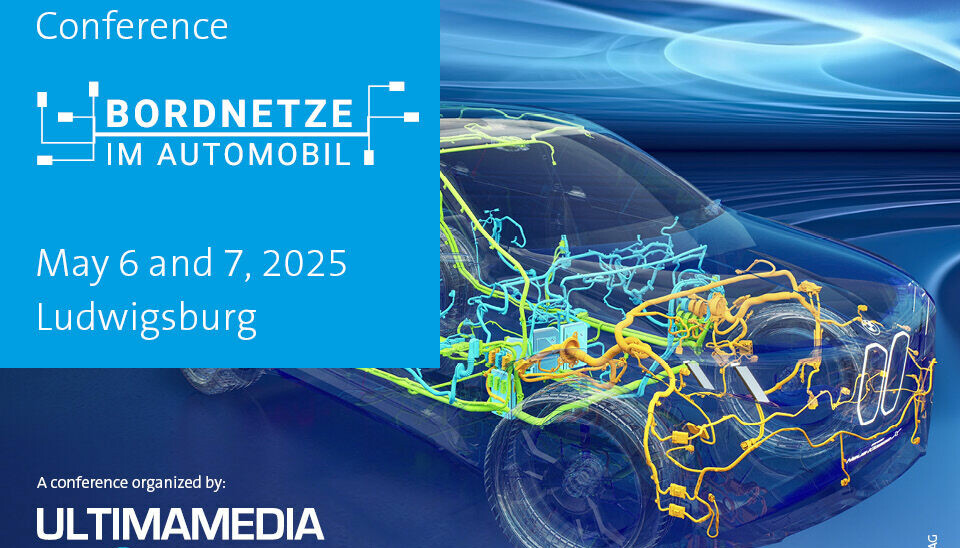“Ac2ated Sound”
Continental turns the display into a sound source

Continental integrates audio functions directly into the display unit for the first time with the Ac2ated Sound Display. The technology uses the display glass for sound transmission - and aims to open up new possibilities for space, weight, and user interaction.
With the Ac2ated Sound display, Continental integrates the speaker function directly into the display unit for the first time. The use of the display surface as a resonator offers numerous advantages for a novel user experience, where acoustic feedback, speech, or other audio content is output directly from the screen, which could replace individual conventional speakers. The system uses actuators (vibrators) invisibly installed behind the display glass, which set it into audible vibration.
“With the integration of sound actuators into the display, we have succeeded in making the entire display surface usable as a resonator for the output of sounds in brilliant sound quality. This allows us to achieve minimal use of valuable installation space in the interior while simultaneously reducing weight compared to conventional speakers,” explains Pavel Prouza, Head of the User Experience (UX) business unit at Continental.
Humans are intuitively able to perceive the source of a sound in three-dimensional space with extreme accuracy - this ability is called “sound localization.” In other words, when we perceive a sound, our gaze automatically turns to the source of the sound. A decisive advantage in automotive use: The gaze is thus intuitively directed to the relevant display instrument when outputting acoustic feedback, speech, or other audio content - and attention is thus even more precisely controlled.
Through the sound output of the imaging surface itself, Conti aims to create a completely natural immersive user experience with the Ac2ated Sound Display. At Continental Engineering Services, a team of vehicle and psychoacousticians is responsible for combining innovative technologies and scientific findings with the supplier's experience in automotive technologies and its audio expertise.
Acoustic localisation to enable new UX
The surface of the display is particularly suitable for use as a sound-emitting resonator: Due to its structure and composition, it offers optimal acoustic properties, which are measured by factors such as internal damping, material stiffness, and the surface weight to be set into vibration, explains the supplier. The Ac2ated Sound technology from Continental offers numerous advantages for automotive use. For example, the actuators, which are only a few centimetres in size, can be integrated into the display unit with very little space requirement - this saves assembly effort compared to a conventional speaker, as no separate components are required for it.
In addition to use in displays, the technology is intended to be integrated into almost any existing flat component of the vehicle interior: By implementing additional actuators, for example in door panels, headrests, A-pillars, or the headliner, the entire audio system of the vehicle can be converted to the Ac2ated Sound technology to set existing surfaces in the vehicle into vibration and make conventional speakers redundant. In addition to optical advantages, this also results in up to 90 percent reduced installation space for the audio system and a weight saving of up to 40 kilograms compared to conventional speaker systems.
This article was first published at automotiveit.eu
















